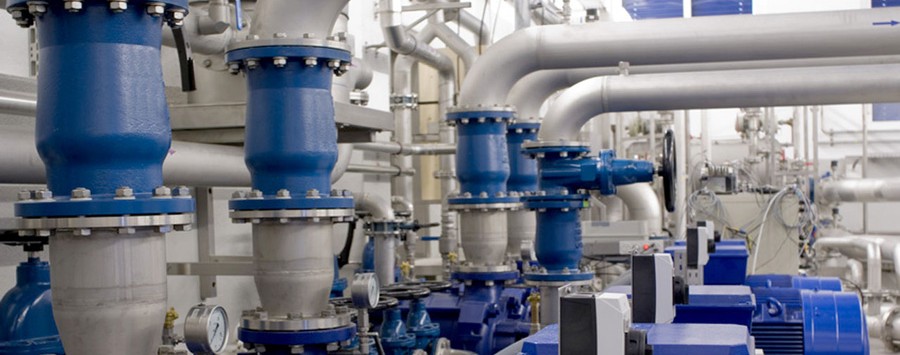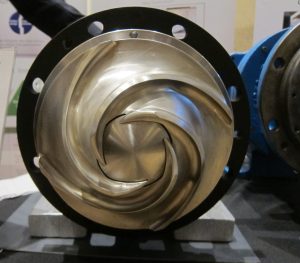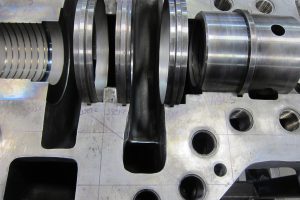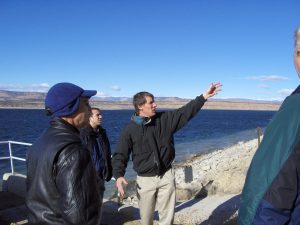Primary Services
Pump Selection, Evaluation and Specifications:
Objective, independent engineering consulting services specializing in rotodynamic (centrifugal, mixed flow and axial flow) pumping equipment.
The short-term and long-term consequences of proper pump selection and “getting the engineering right” are significant. At stake are on-time delivery of the machinery package, trouble-free installation and start-up, reliable pump operation and optimal energy usage.
Specified pumps often deserve special attention due to one or more of the following:
- high level of input power or energy consumption
- physical size or space limitations
- hazardous or flammable liquids
- high temperatures or pressures
- special materials of construction
- entrained gases or solids
- consequences of failure
- wide variations in operating conditions or changing operating conditions over time
- variable speed operation
- transient conditions
- piping and intake conditions
- low Net Positive Suction Head Available
- new or modified designs
For example, the appropriate margin for NPSH Available above the NPSH Required is a system and pump interface that can affect operational stability of the process and pump reliability. On high suction energy applications, the intake conditions, local internal velocities, impeller flow incidence, fluid properties, material properties and other factors affect the severity of cavitation and component erosion life. An independent review of critical service pumping applications can help resolve such technical issues early on before unanticipated issues arise on test or in the field.
Evaluation of essential pump selection parameters including overall mechanical configuration and arrangement, staging, drive train and driver type, rotative speed, net positive suction head, nozzle orientation, materials of construction, shafting, thrust compensation, couplings, bearings, seals, etc.
Evaluation of pump and system performance including:
- system total head versus rate of flow
- head versus flow (H-Q) curve slope
- H-Q stability of single and multiple pump operation
- pump minimum flow
- viscous effects
- effects of wear and parasitic losses
- input power
- efficiency
- net positive suction head (NPSH) available and required
- minimum submergence and vortexing countermeasures
Review/evaluation of reverse flow, reverse speed, locked or free rotor modes of operation
Pumping system optimization
Assessment of equipment foundations, baseplates, mounting, installation and alignment
Review of piping and nozzle loads
Assessment of component cavitation erosion and impeller life
Review of pump inlet piping and open pit intake settings
Design review, failure mode and effects analysis (FMEA), and value engineering (VE)
Evaluation of pump test piping, control valves, hardware fixtures, and instrumentation
Selection and evaluation of hydraulic power recovery turbines, liquid expanders, and small hydro units
Contact us now so we can help you with your pump engineering needs!
Design and Develop
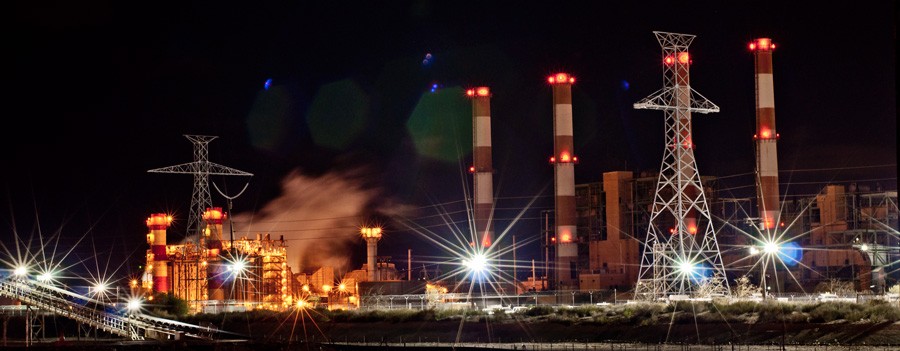 Ekwestrel’s principal engineer Randal Ferman has more than 47 years’ experience in pump engineering, design and development. He previously held the position of Manager Research & Development at Flowserve Corp, and now works as an independent consultant for domestic and international industries, specializing in pumps and pumping systems. A few of Ekwestrel’s clients include Hyosung Goodsprings, B&W (the Babcock & Wilcox Company), ASAP (Appliance Standards Awareness Project), Lower Neches Valley Authority, Westinghouse Nuclear, Canadian Natural, and Hydro, Inc.
Ekwestrel’s principal engineer Randal Ferman has more than 47 years’ experience in pump engineering, design and development. He previously held the position of Manager Research & Development at Flowserve Corp, and now works as an independent consultant for domestic and international industries, specializing in pumps and pumping systems. A few of Ekwestrel’s clients include Hyosung Goodsprings, B&W (the Babcock & Wilcox Company), ASAP (Appliance Standards Awareness Project), Lower Neches Valley Authority, Westinghouse Nuclear, Canadian Natural, and Hydro, Inc.
Design and Development
The key ingredients of excellent product design are vision, experience, a good sense of spatial relationships and proportion, and sound engineering. The design process is one of conceptualization and synthesis based on an understanding of the:
- functional requirements and conditions of service
- governing physical principles
- fluid and materials properties
- manufacturing processes
- economies of product manufacture and ownership
There is a purpose or rationale for every design feature and attribute. The boundaries, limitations and risks associated with new products are not neglected for expediency. Rather, these serve to evoke creative and deliberate efforts to broaden understanding and to pursue improvements in performance and reliability.
Product design and product development
Development and review of:
- technical specifications
- installation and alignment procedures
- operation and maintenance procedures
Do you need a pump design and development consultant? Contact us now to discuss your project and the engineering services we can provide.
Field Services
When pumping machinery fails with little or no warning, there is often little or no time for engineering evaluation. The pump must be repaired immediately.
However, a particular pump’s downtime or maintenance history can indicate an underlying root cause has not been addressed. An experienced, expert engineering approach may be called for comprising:
- a multi-disciplined understanding of pumping machinery and pumping systems
- a high level of communication with the parties involved
- an inquiring mindset that endeavors to change “unknowns” into “knowns” and a refusal to commit resources based on unsubstantiated information and opinion
- a rational, methodical commitment to finding the root cause and a practical solution
Of paramount importance, the field engineer commits to resolving technical issues in a timely manner, cognizant of maintenance schedules and production demands.
Summary of field services offered:
- engineering and design for pump repairs, revamps, and re-rates
- troubleshoot pump problems
- custom tailored pump training courses
- inspect components, processes and unit assembly
- witness shop tests and field performance tests
- provide expert, independent field observations and audits
- expert witness
Do you need a consultant for field services? Contact us now to discuss the engineering services we offer.
